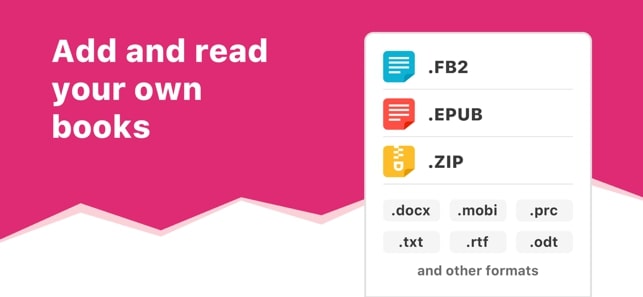

I borrow epub books from my local library (requires Adobe DRM unfortunately, no OverDrive available here), then transfer them via my computer. I usually keep it off thought, and rely on external light sources (such as a bedside lamp).

I also got curious, and got myself a (non-Google Services) Hisense A5 Pro CC, a colour e-ink Android smartphone (November 2021). I have a Kobo Libra H2O, since this summer (August 2021). I've read books on my "regular" smartphone, and had no problem doing so I also have wonky joints, so not having to lug around too much stuff is neat. It would be neat if I didn't had to "plan" too much ahead, to be able to do so. I want to be able to read a book when I have nothing to do. Overall I'd suggest Overdrive but that is heavily influenced by my familiarity with the app.> Do eReader screens really look just like printed ink and paper?īut it all depends on "why you want/need an e-reader". I find that turning pages is a tad slow.Īdobe Acrobat: don't torture yourself with this unless absolutely necessary. However, spacing, font, and margins are nice. Sometimes I have issues with long loading times, or the font size changing between pages.Īldiko: I've had entirely legal books that just didn't work with the night version. The font is nice, the margins are nice, the night reading is nice. Overdrive: I read about 80% of my books on Overdrive. It also sometimes forgets that I'm reading a book and takes forever to load.ĬloudLibrary: I don't use this too often, but I don't recall having strong feelings. Here are my opinions on each app:Īxis360: I'm not fond of it because the margins are too big and sometimes the night function (white text, black screen) malfunctions and it's painful to read at night.


I sometimes use the Adobe Acrobat reader app when I have a pdf of a book (but it's rather painful). I use Play Books and Amazon Kindle for purchased books. I use Overdrive, Axis360, and cloudLibrary for my library books, depending on where the book is available.


 0 kommentar(er)
0 kommentar(er)
